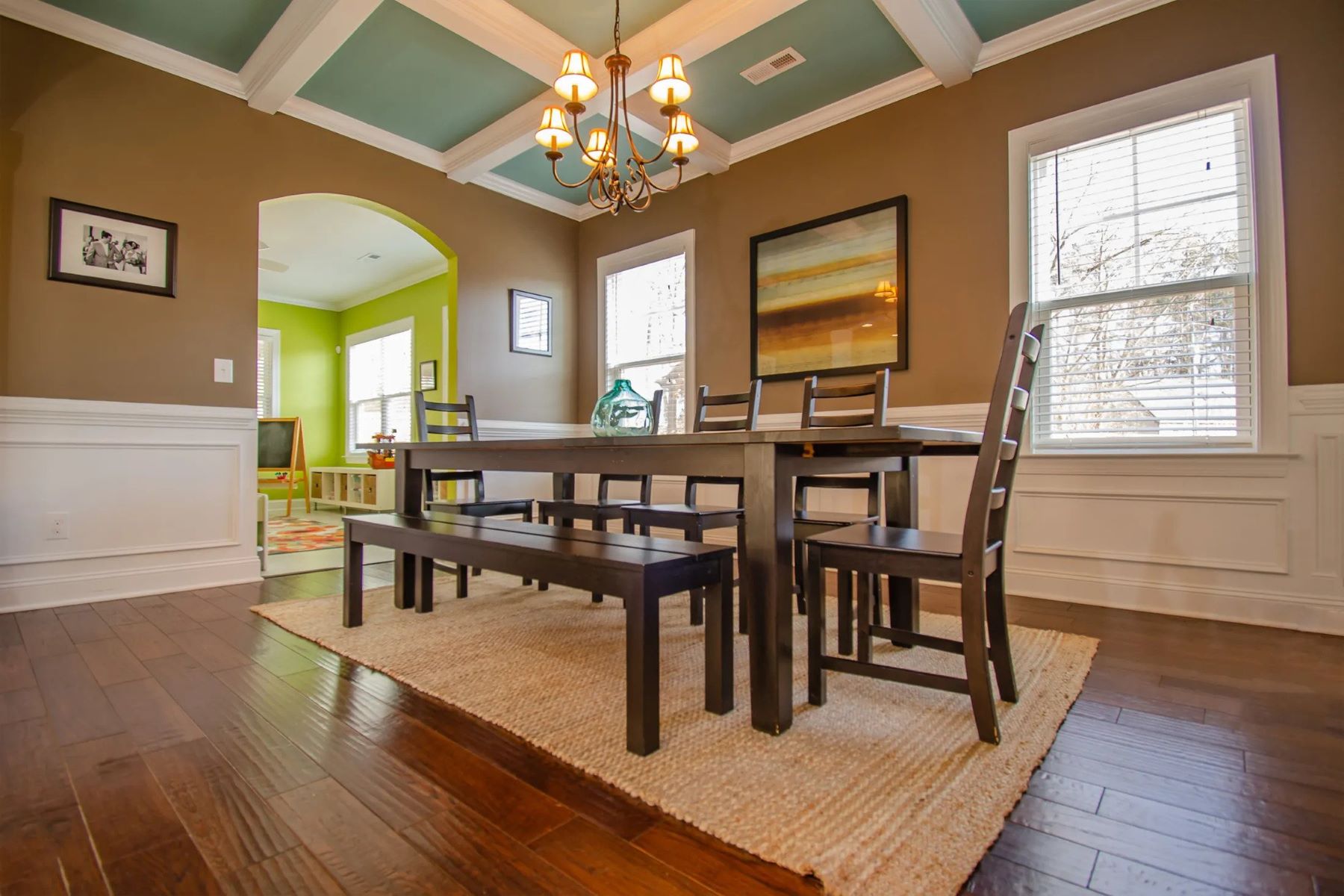

Articles
What Kind Of Rugs To Use On Hardwood Floors
Modified: January 18, 2024
Discover the best articles on what kind of rugs to use on hardwood floors. Get expert advice, tips, and recommendations to protect your floors and enhance your home's aesthetics.
(Many of the links in this article redirect to a specific reviewed product. Your purchase of these products through affiliate links helps to generate commission for Storables.com, at no extra cost. Learn more)
Introduction
When it comes to decorating your home, hardwood floors add a touch of elegance and sophistication. They bring warmth and beauty to any room, making it a popular choice among homeowners. However, to protect your hardwood floors and add style to your space, it is essential to choose the right rugs.
Rugs not only provide a comfortable and cozy feeling under your feet but also act as a protective barrier between your hardwood floors and heavy foot traffic. They can help minimize scratches, dings, and other damages that can occur over time. The challenge lies in selecting the right type of rugs that seamlessly blend with your hardwood floors while complementing your overall décor.
In this article, we will explore the factors to consider before choosing a rug for hardwood floors and highlight the different types of rugs that work well in this setting. Additionally, we will cover the importance of using rug pads to prevent slipping and offer maintenance tips to ensure your rugs and hardwood floors remain in pristine condition.
Whether you have dark walnut floors, a light oak finish, or a rich cherrywood finish, finding the perfect rug can make a significant difference in enhancing the aesthetics and functionality of your space. So, let’s dive in and discover the world of rugs for hardwood floors.
Key Takeaways:
- Choosing the right rug for hardwood floors involves considering factors such as size, style, material, and maintenance. Area rugs, wool rugs, natural fiber rugs, and synthetic rugs each offer unique benefits, while rug pads and regular maintenance are essential for preserving the beauty of both the rugs and the hardwood floors.
- Rug pads are crucial for protecting hardwood floors, providing cushioning, preventing slipping, and promoting airflow. Regular maintenance, including vacuuming, rotating rugs, addressing spills promptly, and professional cleaning, ensures that both the rugs and hardwood floors remain in excellent condition for years to come.
Factors to Consider Before Choosing a Rug
Before selecting a rug for your hardwood floors, there are several important factors to keep in mind. By considering these factors, you can ensure that the rug you choose not only complements your decor but also provides the necessary protection for your hardwood floors.
1. Size: The size of the rug is crucial. Consider the dimensions of the room and the furniture layout to determine the appropriate size of the rug. Ideally, the rug should be large enough to encompass the main seating area and anchor the furniture.
2. Style: The style of the rug should align with the overall theme and design of your space. Whether you prefer a traditional, contemporary, or eclectic style, there are countless rug options available to suit your taste.
3. Color and Pattern: Consider the color palette of your room and choose a rug that complements or contrasts with the existing colors. Additionally, consider the pattern of the rug and how it will blend with the furniture and other accessories in the room.
4. Material: The material of the rug is another important factor to consider. Different materials have different levels of durability, softness, and stain resistance. Additionally, certain materials may be more suitable for high-traffic areas compared to others. Common rug materials for hardwood floors include wool, natural fibers, and synthetic blends.
5. Maintenance: Consider the maintenance required for the rug. Some rugs may require regular vacuuming and occasional professional cleaning, while others may be more stain-resistant and easier to clean. Factor in the time and effort you are willing to invest in maintaining the rug.
6. Safety: Safety is paramount when selecting a rug for hardwood floors. Ensure that the rug has a non-slip backing or use rug pads to prevent slipping or sliding. This is especially important if you have children or elderly individuals in your home.
By considering these factors, you can narrow down your options and choose a rug that not only enhances the aesthetics of your space but also provides the necessary functionality and protection for your hardwood floors.
Area Rugs for Hardwood Floors
Area rugs are a popular choice for hardwood floors as they add a layer of comfort, style, and protection to any space. They can define a seating area, anchor furniture, and bring a cohesive look to a room. When choosing an area rug for your hardwood floors, consider the following factors:
1. Size and Placement: The size and placement of the area rug are crucial. Ensure that the rug is large enough to accommodate the seating area while allowing for a border of exposed hardwood floor around the edges. Place the rug in a way that complements the furniture layout and creates a visually appealing arrangement.
2. Material: When it comes to area rugs, there is a wide range of materials to choose from. Wool, silk, cotton, jute, sisal, and synthetic fibers are commonly used in the construction of area rugs. Each material has its own unique qualities in terms of durability, softness, and stain resistance. Consider the foot traffic in the area and choose a material that will withstand the wear and tear.
3. Thickness and Padding: The thickness of the area rug is important for both comfort and protection. Opt for a rug with a substantial thickness that provides a cushioned feel underfoot. Additionally, consider using a rug pad to prevent the rug from slipping and to provide an extra layer of protection for your hardwood floors.
4. Design and Style: The design and style of the area rug should complement the overall aesthetic of your space. Whether you prefer a bold pattern, a geometric design, or a more subtle solid color, choose a rug that enhances the existing decor and adds visual interest to the room.
5. Cleaning and Maintenance: Consider the cleaning and maintenance requirements of the area rug. Some materials may require professional cleaning, while others can be easily cleaned at home. It is important to choose a rug that fits within your lifestyle and maintenance routine.
6. Color: The color of the area rug can have a significant impact on the overall look and feel of the room. Consider the existing color palette and choose a rug that complements or contrasts with the other elements in the space. A well-chosen color can tie the room together and create a cohesive and harmonious design.
By carefully considering these factors, you can select an area rug that not only adds beauty and comfort to your hardwood floors but also showcases your personal style and enhances the overall aesthetic of your space.
Wool Rugs for Hardwood Floors
When it comes to choosing a rug for hardwood floors, wool rugs are a popular and versatile option for many homeowners. Wool is a natural fiber known for its durability, softness, and ability to withstand heavy foot traffic. Here are some reasons why wool rugs are an excellent choice for hardwood floors:
1. Durability: Wool is a resilient and long-lasting material, making it ideal for high-traffic areas of your home. The natural fibers in wool rugs have inherent strength, allowing them to withstand wear and tear without losing their shape or color. This durability ensures that your wool rug will maintain its beauty and functionality for years to come.
2. Softness: Wool rugs are known for their luxurious softness underfoot. The natural lanolin in wool fibers provides a plush and comfortable feel, making them an inviting option for living rooms, bedrooms, or any area where you want to add extra comfort. Walking barefoot on a wool rug can be a cozy and soothing experience.
3. Insulation: Wool is a natural insulator, which means it can help regulate the temperature of your space. In colder months, wool rugs provide warmth and insulation, making your hardwood floors feel cozier. Conversely, in warmer months, wool rugs have moisture-wicking properties that help to keep your space cool and comfortable.
4. Sound Absorption: Hardwood floors can sometimes create echoes or amplify sounds in a room. Wool rugs, with their dense fibers, can help absorb sound, reducing noise levels and creating a quieter living environment. This is especially beneficial in rooms with high ceilings or areas where noise control is important, such as bedrooms or home offices.
5. Natural Stain Resistance: Wool is naturally resistant to staining due to the presence of lanolin, which acts as a protective barrier. This makes wool rugs easier to clean and maintain compared to other materials. Regular vacuuming and occasional spot cleaning are usually sufficient to keep your wool rug looking fresh and vibrant.
6. Variety of Designs: Wool rugs offer a wide range of design options, from traditional and intricate patterns to modern and minimalist designs. Whether you prefer a bold geometric print, a classic floral motif, or a simple solid color, there is a wool rug to suit every style and aesthetic preference. These rugs can be a statement piece or a subtle accent, depending on your desired look.
In summary, wool rugs are an excellent choice for hardwood floors due to their durability, softness, insulation properties, sound absorption, natural stain resistance, and design versatility. They offer both functionality and style, adding beauty and warmth to your living space while protecting your hardwood floors for years to come.
Natural Fiber Rugs for Hardwood Floors
When it comes to choosing a rug for your hardwood floors, natural fiber rugs are a popular and eco-friendly option. Made from materials like jute, sisal, seagrass, and bamboo, these rugs offer a unique and organic touch to your space. Here are some reasons why natural fiber rugs are an excellent choice for hardwood floors:
1. Eco-friendly: Natural fiber rugs are made from renewable and sustainable materials, making them an environmentally friendly choice. They are derived from plants like jute, sisal, and seagrass, which require minimal resources and have a low environmental impact compared to synthetic materials. By opting for natural fiber rugs, you can contribute to a greener and more sustainable lifestyle.
2. Durability: Natural fiber rugs are known for their durability and resilience. The fibers of jute, sisal, and seagrass are strong and capable of withstanding heavy foot traffic. This makes them suitable for high-traffic areas such as living rooms, entryways, and hallways. The natural fibers hold up well over time, ensuring that your rug remains in good condition for years to come.
3. Texture and Natural Beauty: Natural fiber rugs add a unique texture and visual appeal to your space. The natural variations and patterns found in materials like jute and sisal create an organic and rustic charm that can complement a variety of design styles, from bohemian to coastal and everything in between. The earthy tones of natural fiber rugs can also add warmth and depth to your hardwood floors.
4. Natural Insulation: Natural fiber rugs have natural insulation properties, helping to regulate the temperature in your home. They can provide warmth during the colder months and a cool surface during the warmer months. This can help create a comfortable living environment while reducing energy consumption and utility costs.
5. Low Maintenance: Natural fiber rugs are relatively easy to maintain. Regular vacuuming and periodic spot cleaning are usually sufficient for keeping them clean. It is important to note that natural fibers can be sensitive to moisture, so it is recommended to avoid placing these rugs in areas prone to spills or excess moisture, such as kitchens or bathrooms.
6. Hypoallergenic: If you or your family members have allergies or sensitivities, natural fiber rugs can be a great choice. They do not trap dust and allergens as much as other materials, making them a healthier option for those with respiratory issues.
In summary, natural fiber rugs offer a unique blend of eco-friendliness, durability, texture, insulation, low maintenance, and hypoallergenic properties. They bring a natural and earthy element to your space while protecting and enhancing your hardwood floors.
When choosing rugs for hardwood floors, opt for flat-weave or low-pile rugs to prevent trapping moisture and debris. Use rug pads to protect the floor and prevent slipping.
Read more: How To Place Area Rugs On Hardwood Floors
Synthetic Rugs for Hardwood Floors
When it comes to selecting a rug for hardwood floors, synthetic rugs offer a versatile and affordable option. Made from synthetic fibers such as nylon, polyester, and polypropylene, these rugs offer durability, stain resistance, and a wide variety of design options. Here are some reasons why synthetic rugs are an excellent choice for hardwood floors:
1. Durability: Synthetic rugs are known for their durability and ability to withstand heavy foot traffic. The synthetic fibers used in these rugs are resilient and can maintain their shape and color over time. This makes them ideal for high-traffic areas like living rooms, hallways, and entryways, where protection and longevity are crucial.
2. Stain Resistance: Synthetic rugs are highly resistant to stains and spills. The fibers used in these rugs are often treated with stain-resistant coatings, making it easier to clean up accidental spills. This is especially beneficial for households with children or pets, where the risk of spills and stains is higher.
3. Affordability: Synthetic rugs are generally more budget-friendly compared to natural fiber rugs or wool rugs. They offer an alternative option for homeowners who want to enhance their hardwood floors without breaking the bank. Synthetic rugs provide great value for money, as they offer durability and a wide range of design options at a more affordable price point.
4. Ease of Maintenance: Synthetic rugs are generally easy to clean and maintain. They can be vacuumed regularly to remove dirt and debris. In case of spills or stains, synthetic fibers can be easily spot cleaned using mild detergent and water. Unlike natural fiber rugs, synthetic rugs are not as susceptible to moisture damage, making them suitable for areas prone to spills, such as dining rooms or playrooms.
5. Design Variety: Synthetic rugs offer a plethora of design options to suit various styles and preferences. Whether you prefer a modern, traditional, or eclectic look, there is a vast selection of patterns, colors, and textures available in synthetic rugs. This enables you to find a rug that perfectly complements your hardwood floors and complements the overall decor of your space.
6. Allergy-Friendly: Synthetic rugs are a good option for individuals who suffer from allergies or sensitivities. The tightly woven synthetic fibers do not trap allergens such as dust, pet dander, or pollen as much as natural fibers do. This makes them a more hypoallergenic choice for those seeking relief from allergens in their homes.
In summary, synthetic rugs offer durability, stain resistance, affordability, ease of maintenance, a wide variety of designs, and allergy-friendly benefits. They can enhance the beauty of your hardwood floors while providing a functional and stylish addition to your living space.
Rug Pads for Hardwood Floors
When it comes to protecting your hardwood floors and ensuring the longevity of your rugs, rug pads are a crucial accessory. Rug pads provide a range of benefits, including added cushioning, slip resistance, and floor protection. Here are some reasons why rug pads are essential for hardwood floors:
1. Floor Protection: Rug pads act as a protective barrier between your rug and hardwood floors. They prevent friction and abrasion, which can lead to scratches, dents, and damage to the floor’s finish. By using a rug pad, you can preserve the beauty and integrity of your hardwood floors for years to come.
2. Cushioning and Comfort: Rug pads offer an additional layer of cushioning beneath your rugs. This provides a comfortable and plush feeling underfoot, making your space more enjoyable to walk on. The added cushioning can also help reduce fatigue by absorbing impact and relieving pressure on your feet and joints.
3. Slip Resistance: Hardwood floors can be slippery, especially in high-traffic areas or when rugs are placed on them. Rug pads help prevent rugs from sliding or bunching up, providing increased stability and reducing the risk of slips and falls. This is especially important in households with children, elderly individuals, or pets.
4. Noise Reduction: Hardwood floors can create echoes and amplify noises in a room. Rug pads help absorb sound, reducing noise levels and minimizing the hollow sound that hardwood floors can produce. This is particularly beneficial in apartments or multi-story homes where soundproofing is important.
5. Air Circulation: Rug pads allow for proper air circulation between the rug and the hardwood floors. This helps prevent moisture buildup, mildew formation, and the potential for mold growth. Adequate air circulation also allows for better maintenance and cleaning of your rugs, as it helps to prevent trapped debris and odors.
6. Rug Alignment: Rug pads help keep your rugs in place, ensuring they stay aligned and maintain their intended position in your space. This prevents the need for constant readjustment and keeps your room looking neat and organized.
When selecting a rug pad for hardwood floors, opt for a pad made specifically for this purpose. Look for a pad that is non-slip, non-marking, and made of materials that won’t damage your flooring. Measure your rug and select a pad that is slightly smaller in size, allowing for the edges of the rug to lay flat on the floor.
In summary, rug pads are essential for protecting your hardwood floors and enhancing the functionality and longevity of your rugs. They provide floor protection, cushioning, slip resistance, noise reduction, air circulation, and rug alignment. By investing in a high-quality rug pad, you can ensure that your hardwood floors and rugs remain in excellent condition for years to come.
Maintenance Tips for Rugs on Hardwood Floors
Maintaining rugs on hardwood floors is essential to ensure their longevity and protect the integrity of your flooring. By following these maintenance tips, you can keep your rugs clean, prevent damage to your hardwood floors, and enjoy the beauty of your living space:
1. Regular Vacuuming: Vacuum your rugs regularly to remove dirt, dust, and debris that can accumulate over time. Use a vacuum cleaner with a brush or beater bar attachment to effectively lift the dirt from the fibers. Be sure to vacuum both sides of the rug for a thorough cleaning.
2. Rotate Your Rugs: To prevent uneven wear and fading, rotate your rugs periodically. This will help distribute foot traffic and sunlight exposure more evenly across the rug’s surface. Aim to rotate your rugs every six months or as needed, depending on the level of foot traffic in the area.
3. Use Rug Pads: As mentioned earlier, using rug pads is essential for maintaining rugs on hardwood floors. Rug pads provide cushioning, prevent slipping, and protect your floors from scratches. Make sure to choose rug pads specifically designed for hardwood floors, as they are non-slip and won’t cause any damage to the flooring.
4. Address Spills and Stains Promptly: Accidents happen, so it’s crucial to address spills and stains on your rugs as soon as possible. Blot the area gently with a clean, absorbent cloth to remove as much liquid as possible. Avoid rubbing the stain, as it can push it deeper into the fibers. Use a mild detergent or a stain remover designed for rugs to treat the stain, following the manufacturer’s instructions.
5. Avoid Direct Sunlight: Prolonged exposure to direct sunlight can cause fading and discoloration of your rugs. It’s best to place your rugs away from windows or use window treatments like curtains or blinds to regulate the amount of sunlight entering the room. This will help preserve the vibrancy and beauty of your rugs.
6. Professional Cleaning: While regular vacuuming and spot cleaning are sufficient for day-to-day maintenance, it’s recommended to have your rugs professionally cleaned on a periodic basis. Professional cleaning helps remove deeply embedded dirt and allergens, revitalizes the colors, and restores the natural beauty of your rugs.
7. Lift Furniture: When rearranging furniture on your rugs, lift it instead of dragging it across the floor. Dragging heavy furniture can cause scratches and damage to your hardwood floors. Request assistance or use furniture sliders to make moving furniture easier and safer.
By implementing these maintenance tips, you can ensure that your rugs remain clean, vibrant, and in excellent condition on your hardwood floors. Regular care and attention will extend the life of your rugs and preserve the natural beauty of your flooring for years to come.
Conclusion
Choosing the right rug for your hardwood floors is not only a matter of style, but also about protecting and enhancing the beauty of your flooring. Whether you opt for area rugs, wool rugs, natural fiber rugs, or synthetic rugs, each type brings its own unique benefits to your space.
Before selecting a rug, consider factors such as size, style, color, material, and maintenance requirements. Taking these into account will ensure that your rug not only complements your decor but also provides the necessary protection for your hardwood floors.
Area rugs add warmth and elegance to your space, while providing a comfortable surface underfoot. Wool rugs offer durability, softness, and natural stain resistance, making them a popular choice. Natural fiber rugs bring an eco-friendly and textured element to your room, while synthetic rugs offer affordability, durability, and a wide range of design options.
Using rug pads is essential for hardwood floors, as they protect against scratches, provide cushioning, prevent slipping, and promote airflow. Regular maintenance, such as vacuuming, rotating rugs, addressing spills promptly, and professional cleaning, ensures that your rugs and hardwood floors remain in excellent condition throughout the years.
In conclusion, the right rug can transform your hardwood floors into a cozy, stylish, and well-protected foundation for your space. By considering your needs, preferences, and the tips shared in this article, you can select the perfect rugs for your hardwood floors and create a home that is both inviting and visually stunning.
Frequently Asked Questions about What Kind Of Rugs To Use On Hardwood Floors
Was this page helpful?
At Storables.com, we guarantee accurate and reliable information. Our content, validated by Expert Board Contributors, is crafted following stringent Editorial Policies. We're committed to providing you with well-researched, expert-backed insights for all your informational needs.
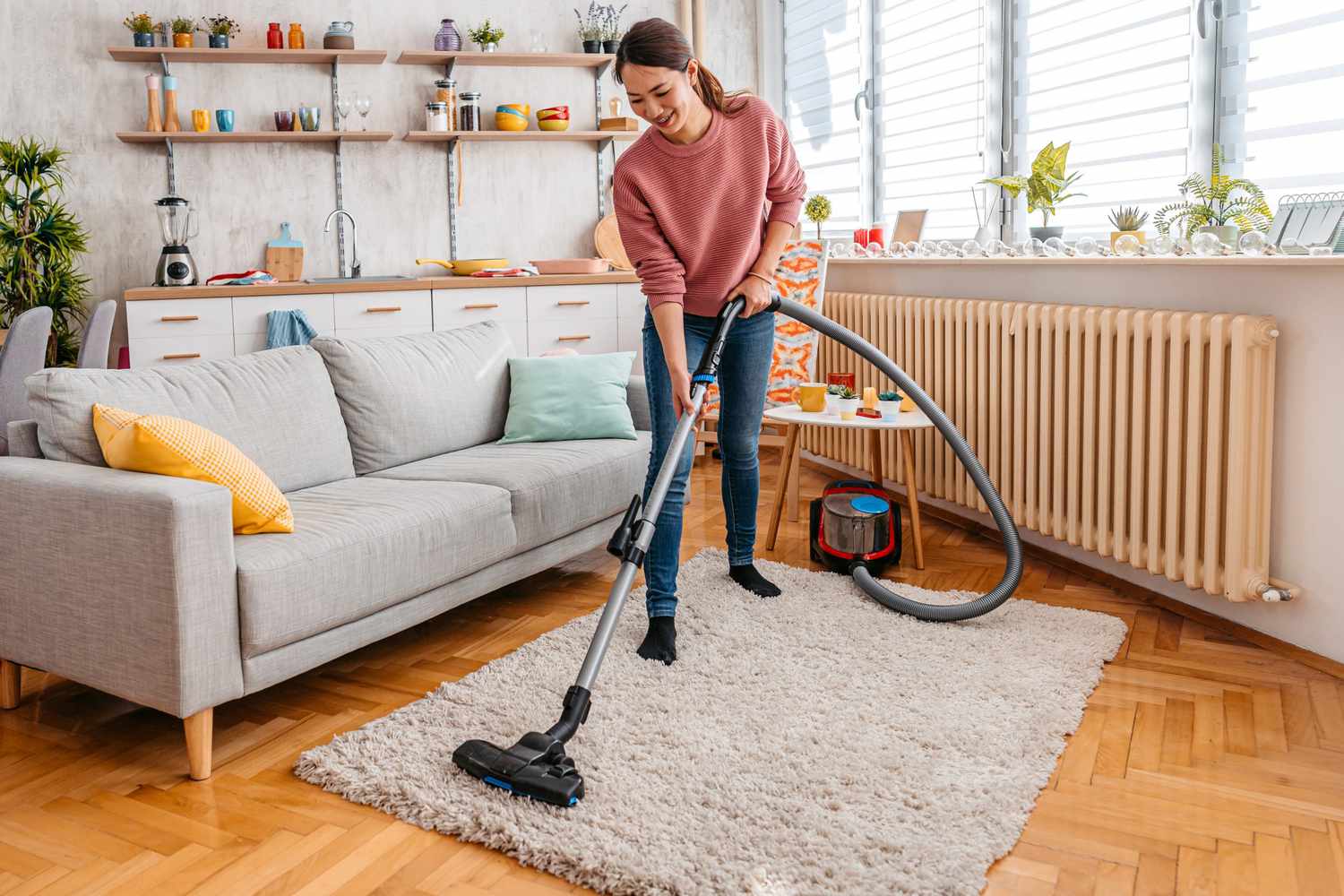
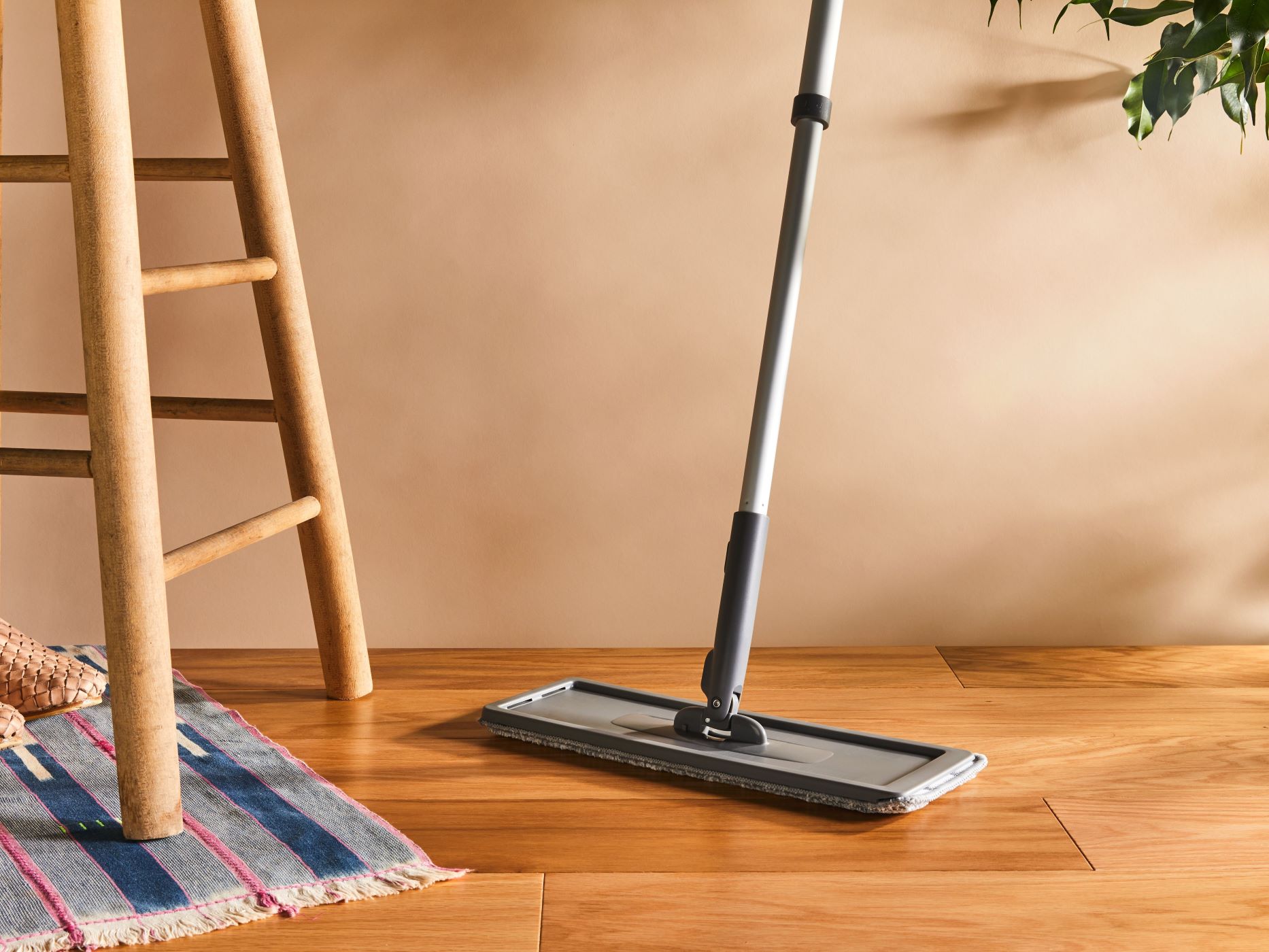
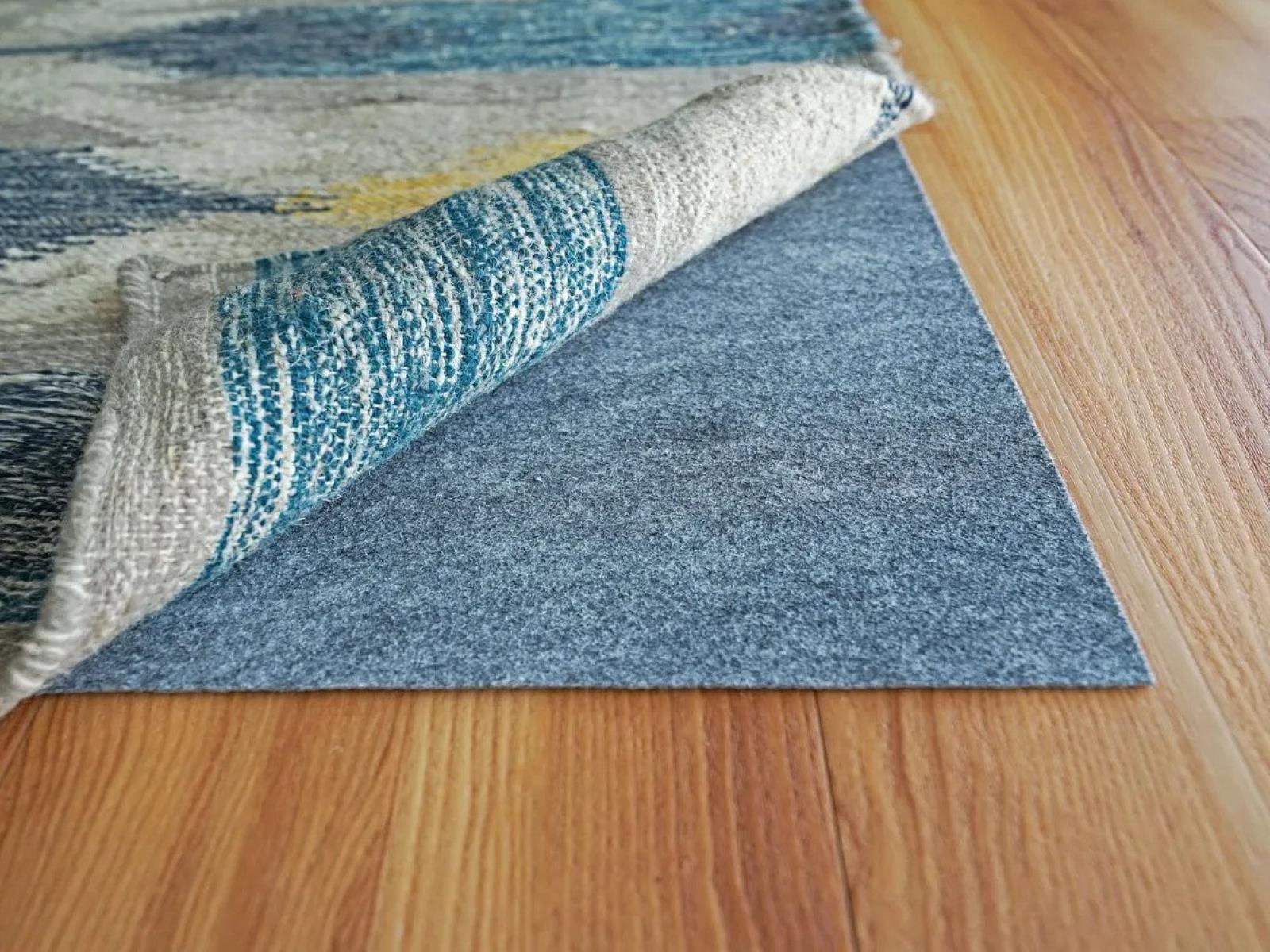
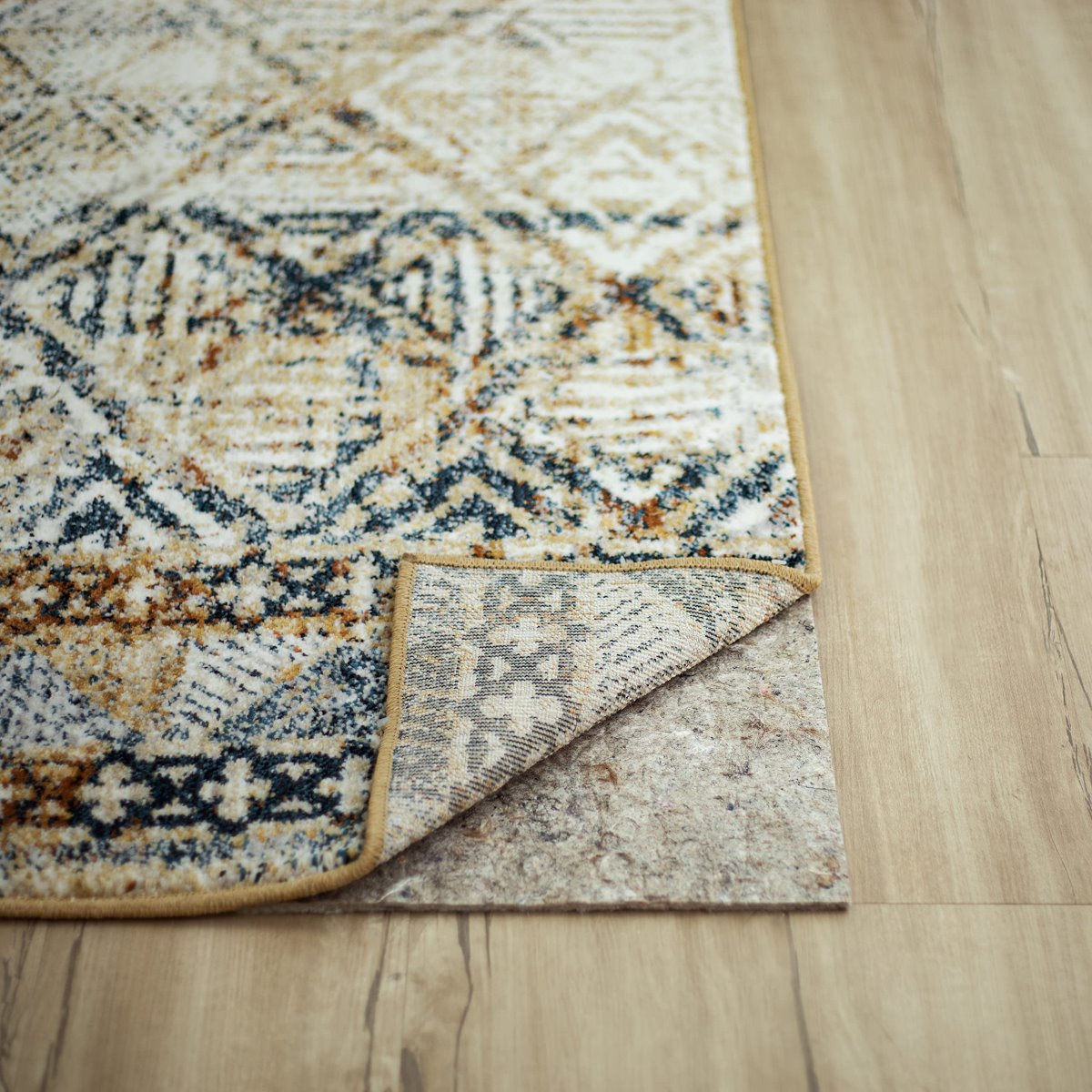
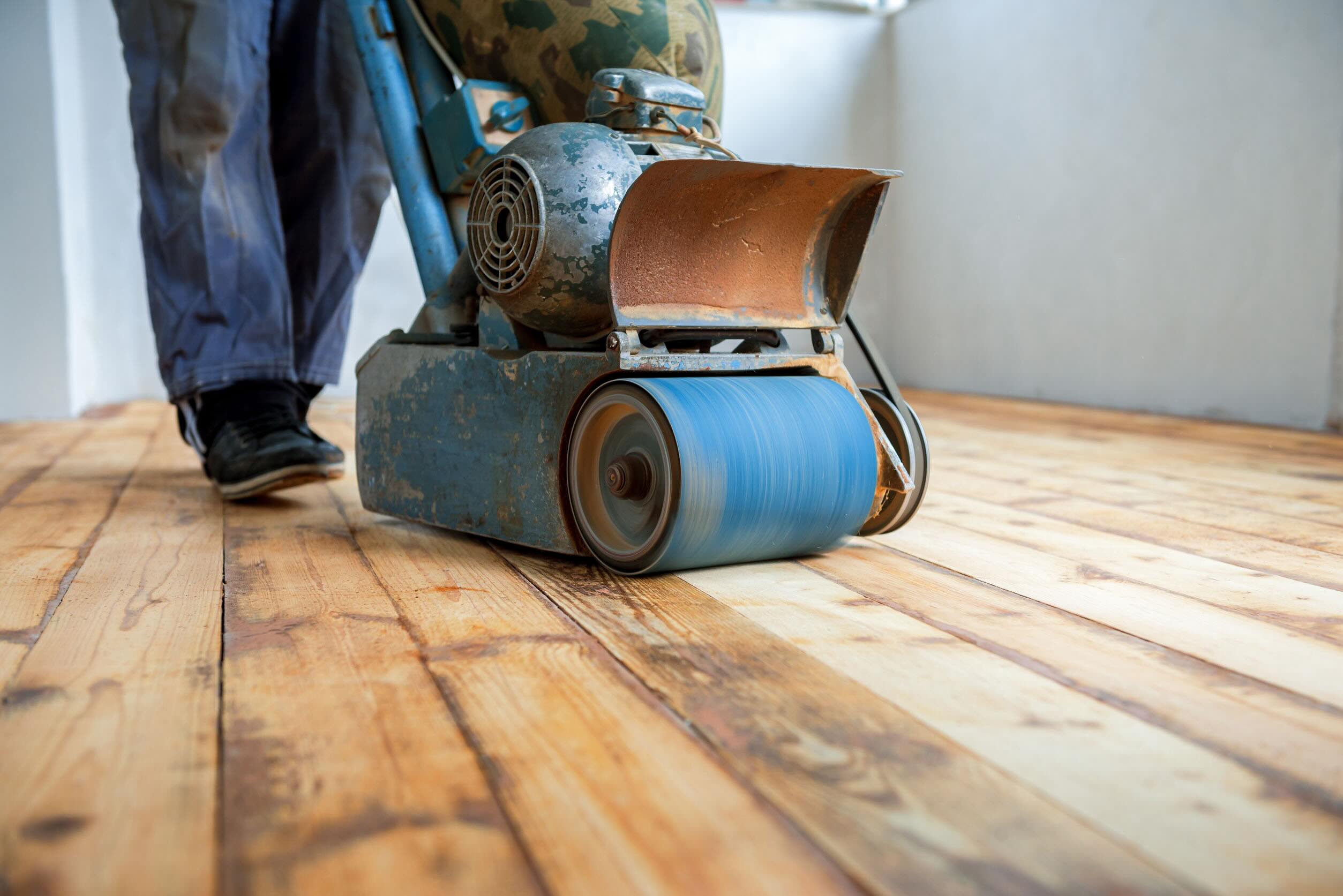
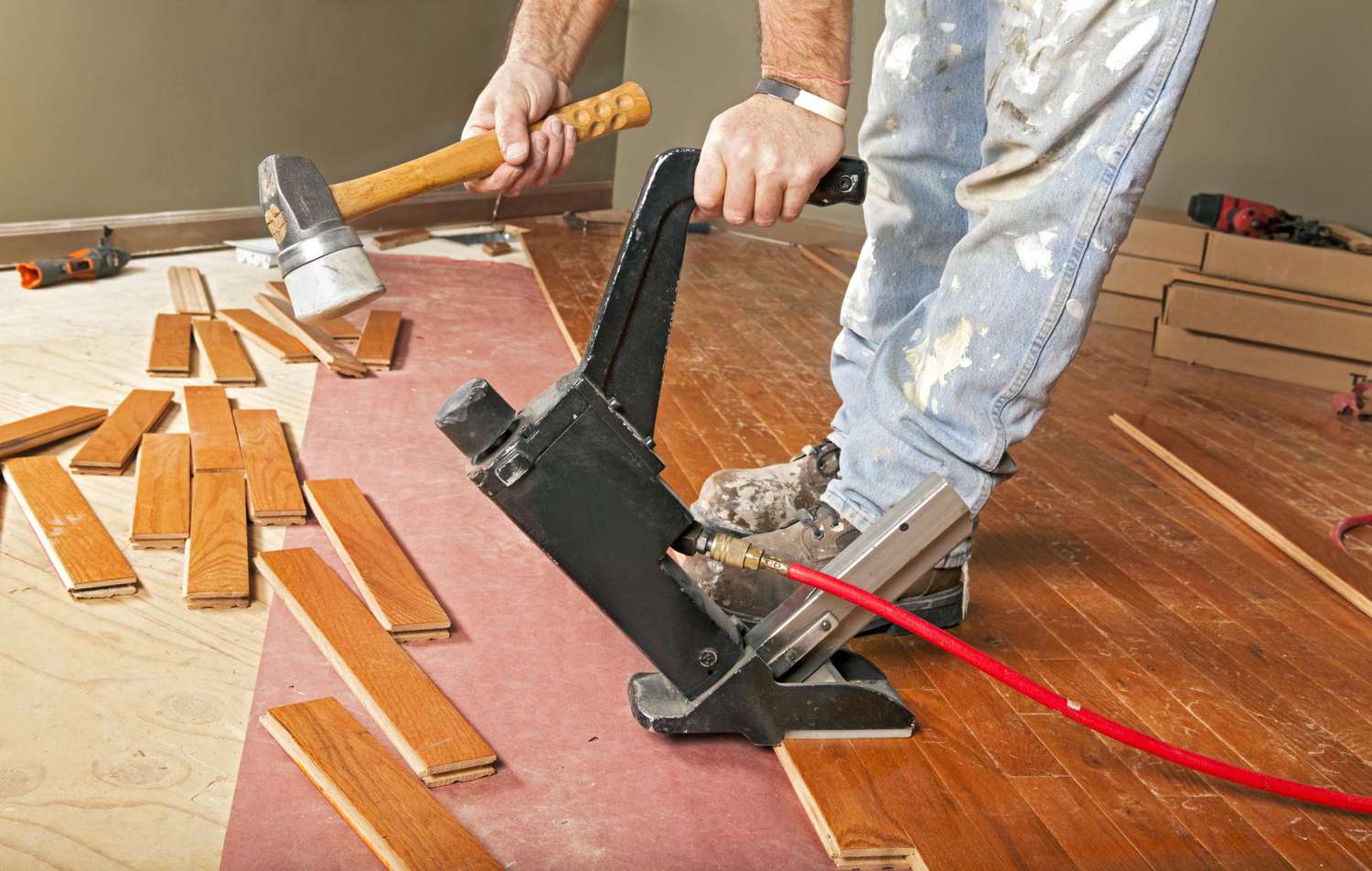
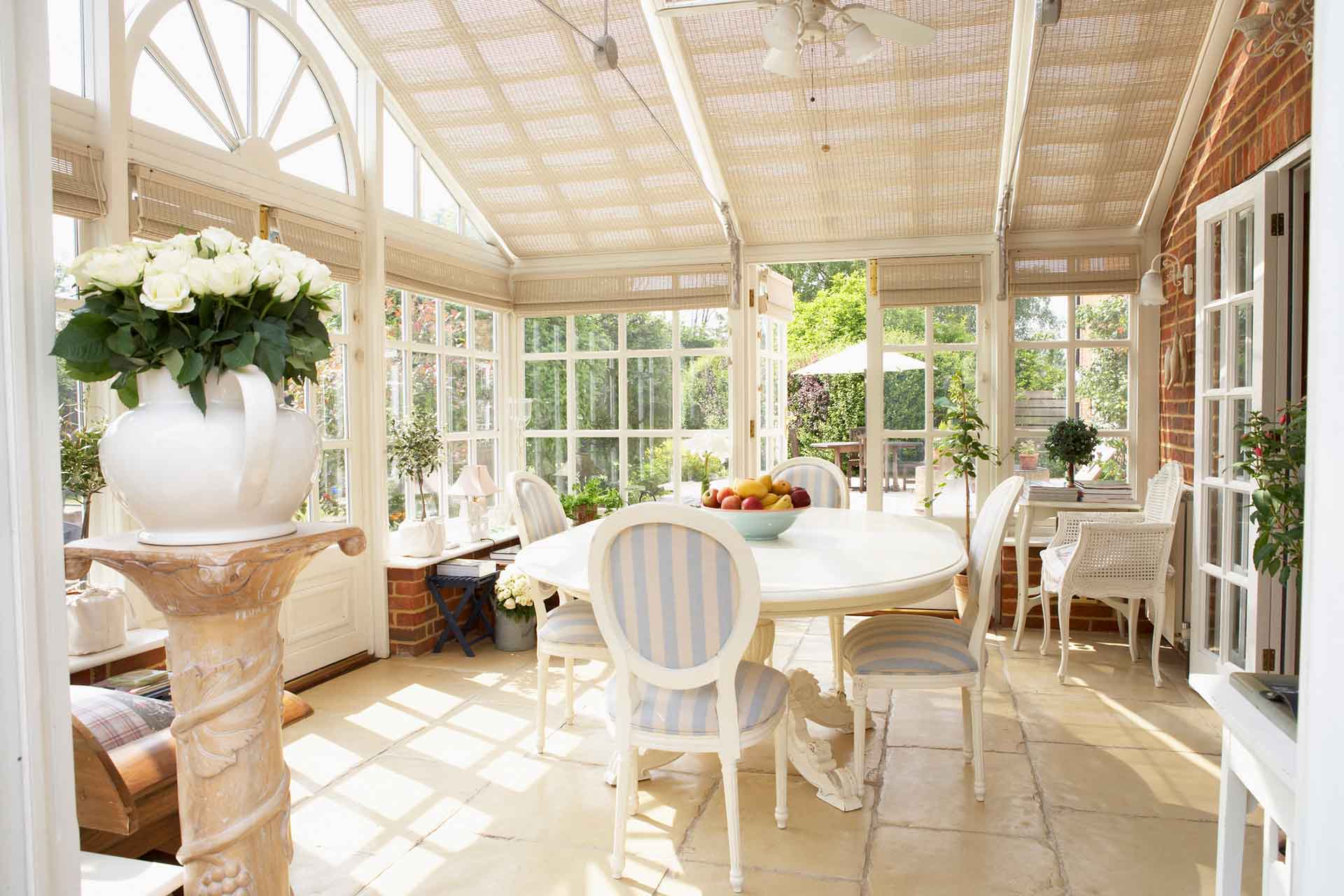
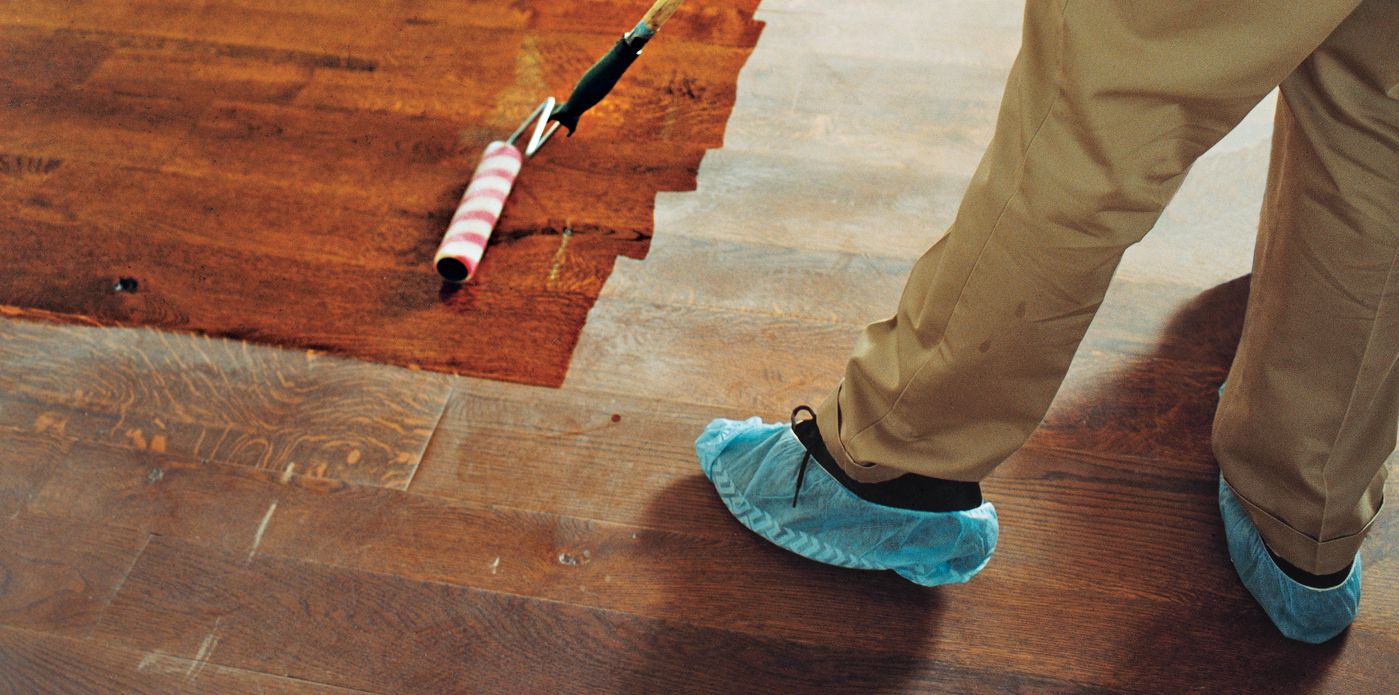
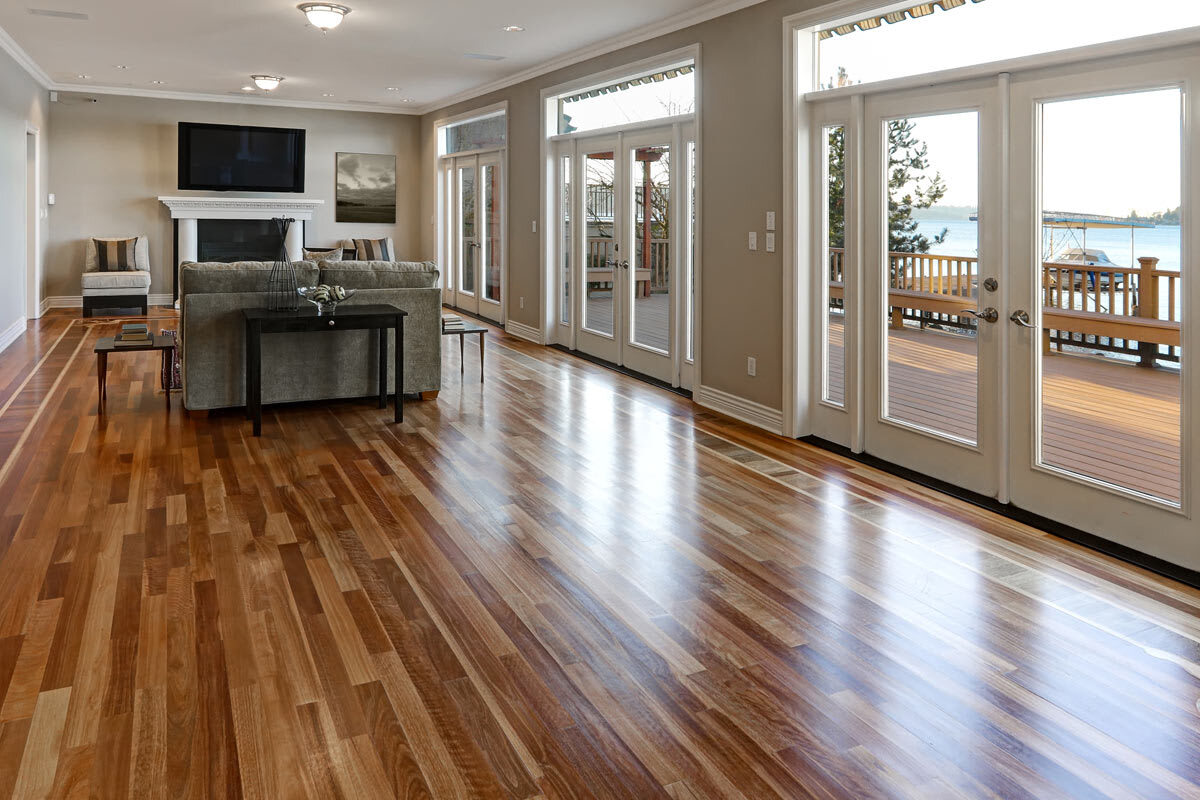
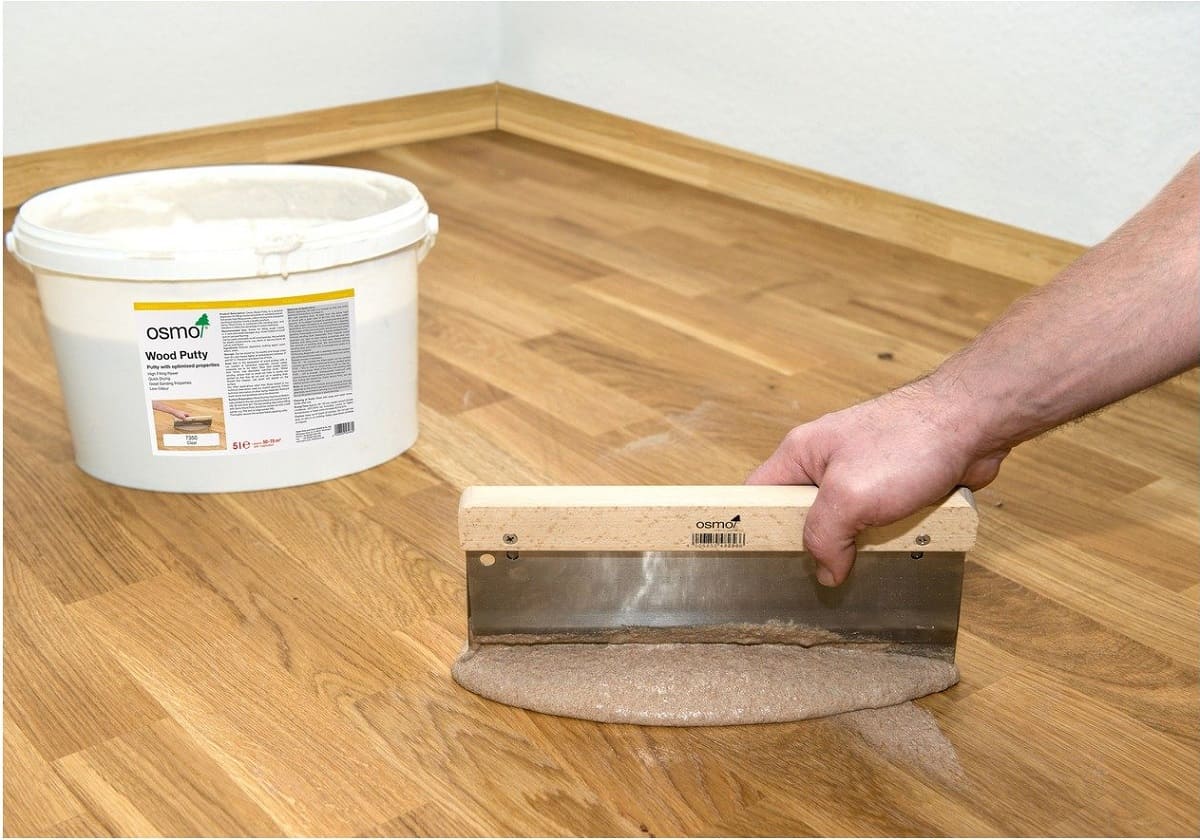

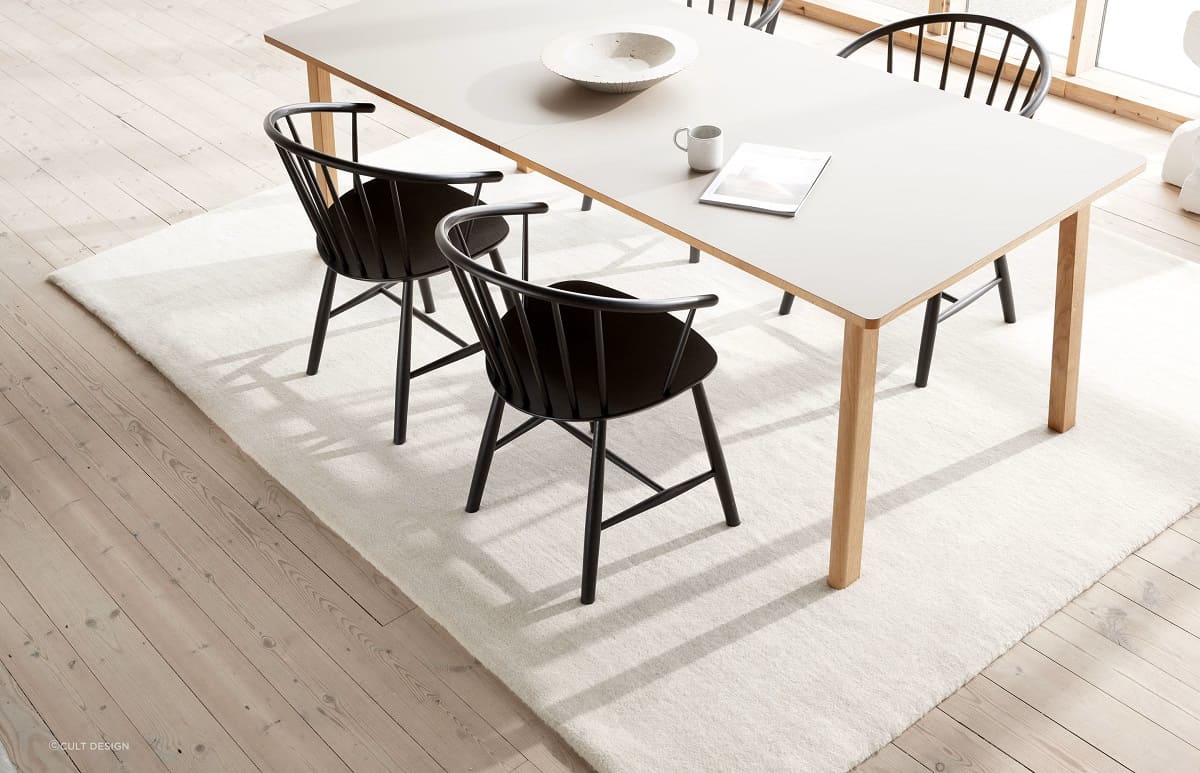
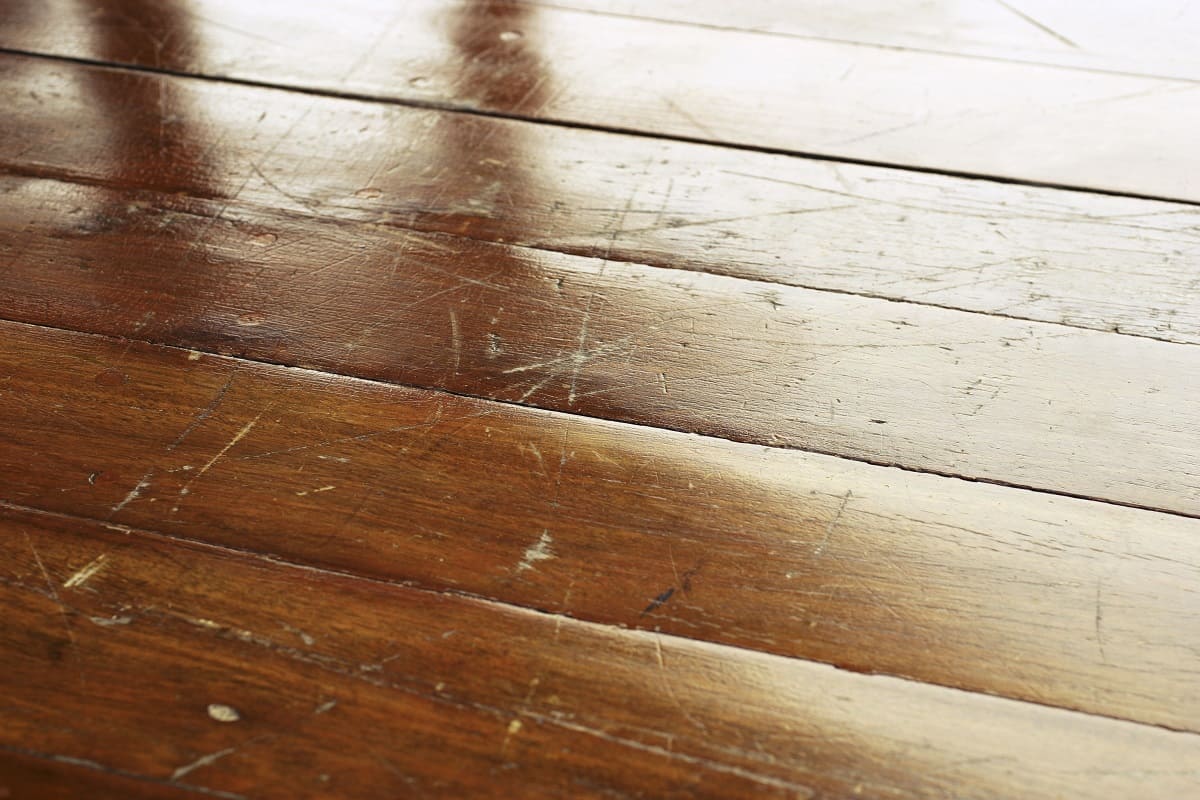
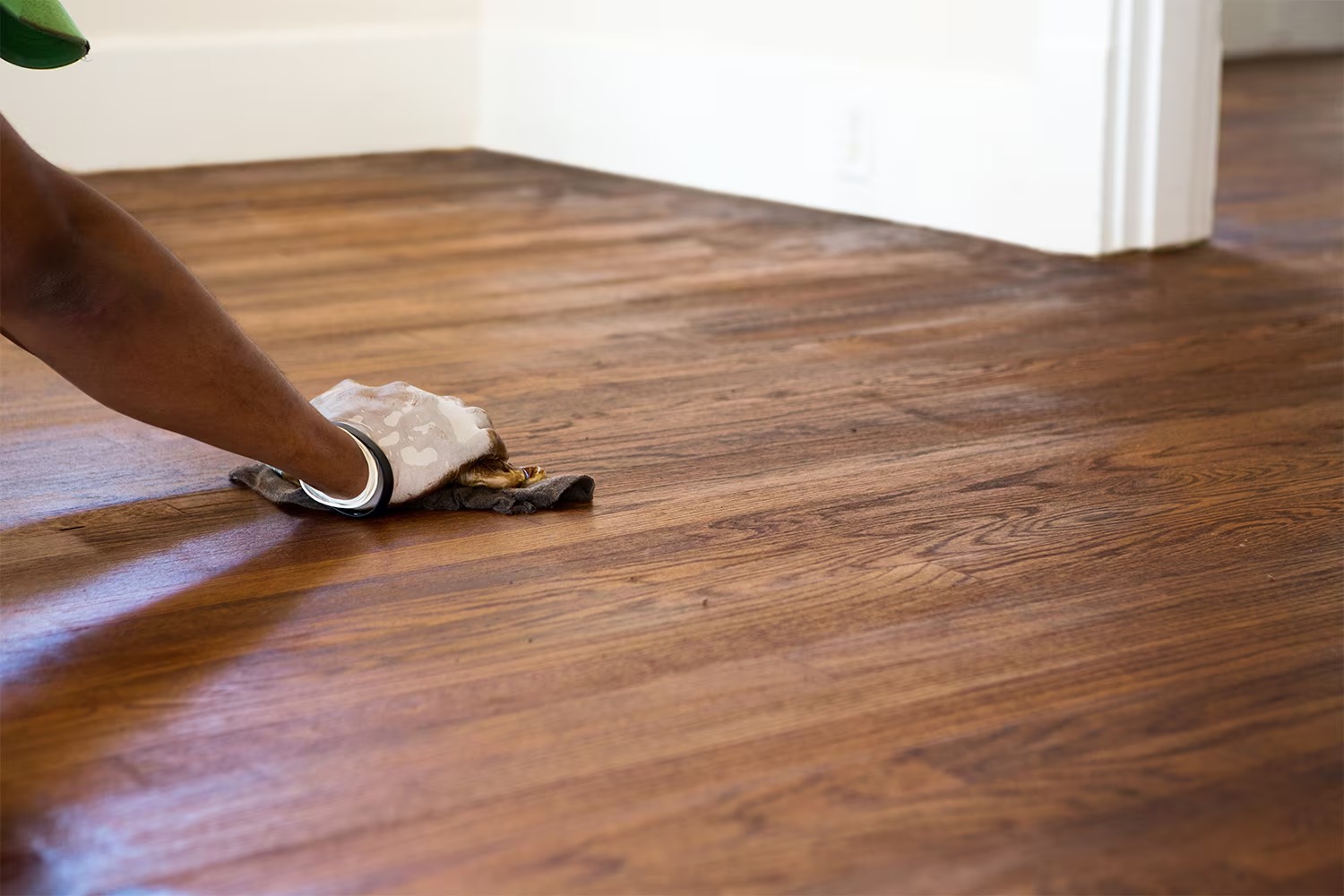

0 thoughts on “What Kind Of Rugs To Use On Hardwood Floors”